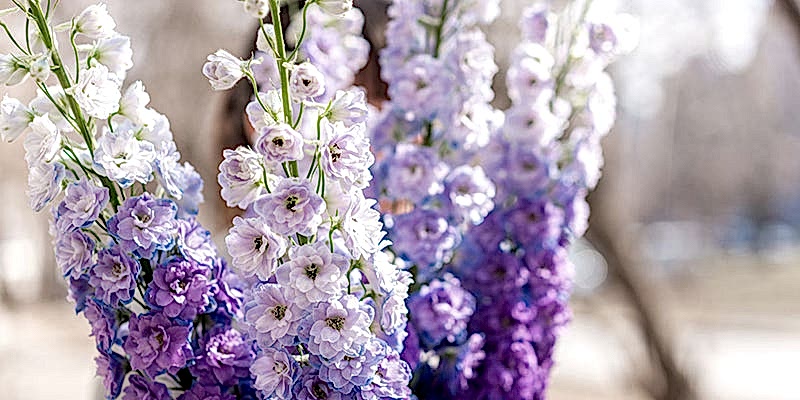
Loved for their elegance and beauty, delphiniums are striking flowers that look brilliant whether in a bouquet or country garden.
While they gained popularity in the Victorian era, they remain a firm favourite with gardeners and florists to date thanks to their vibrant colours and enhanced sizes, perfect for adding a pop of colour and height to any bouquet.
Here, we've got eight interesting facts about delphiniums you may not have known about to help you get to know this beautiful bloom a little better.
There are many different types
There are over 400 types of delphiniums including both annual and perennial flowering plants. There are also lots of different hybrids with varying characteristics, and they are available in a wide variety of vibrant colours, from striking shades of blue to rich purple.

They are the cousins of Buttercups
Along with the likes of buttercups, hellebore and anemone delphiniums are part of the Ranunculaceae flowering family which has over 2,000 known species. This is a very important family in the flowering world as these blooms provide nectar and pollen for insects, making them a crucial part of the ecosystem.
They have a rich history
Dating back centuries, delphiniums have a rich ancient history. The name of these blooms is believed to have derived from the Greek word ‘delphis’ meaning dolphin, thanks to the shape of the unique buds.
In the UK, delphiniums are sometimes known as larkspur, and named after the claws of a lark thanks to their tall, spike-like stems. They became popular in the Victoria era, often found in gardens and floral arrangements. In the 19th and 20th centuries, plant breeders began creating hybrid blooms, which is why you’ll often see a wide range of colours and sizes in today’s modern varieties.

Delphiniums symbolise joy
It’s commonly said that beautiful delphiniums are a symbol of joy. But, like with every flower, each colour has a slightly different meaning. In most cases, delphiniums have positive meanings. While blue delphiniums symbolise dignity and respect, pink are seen as a sign of affection and romance. Purple delphiniums, like most purple flowers, signify royalty and elegance, while white represent purity, innocence and new beginnings.
They are a birth month flower
Tall and elegant, delphiniums are also the birth flower for the month of July. The idea is that those born in the month of July may share the joyous traits of delphiniums. So, if you’re looking for flowers for a friend who’s born during the summer, you can’t go wrong with a bouquet featuring these elegant flowers - and with so many colours to choose from, you’re sure to find the perfect blooms.

Bees love delphiniums
Thanks to their vibrant colours and nectar, not only are they a lovely addition to any garden or bouquet, delphiniums are a favourite amongst pollinators and attract everything from bees and butterflies to hummingbirds. If you’re looking to boost the biodiversity of your garden, you can’t go wrong with planting delphiniums. Top tip: They are best planted in early spring or autumn depending on your climate.
They can grow very tall
Depending on the variety of delphiniums, some of these beautiful blooms can reach a staggering six feet tall making them perfect for adding a dramatic touch to your garden. You’ll often find short delphiniums in grasslands, while taller delphiniums are found in forests. This is why the also make a lovely addition to a bouquet of flowers, adding colour, texture and height.

They are toxic to humans and animals
While delphiniums are beautiful to look at, you must be careful when having them in your home or garden. These flowers are toxic to humans and animals when eaten due to the presence of diterpene alkaloids in the leaves, seeds and stems, so they are best kept out of reach from children and pets. If you’re handing delphiniums in your garden, you should always do so with care and wear gloves.
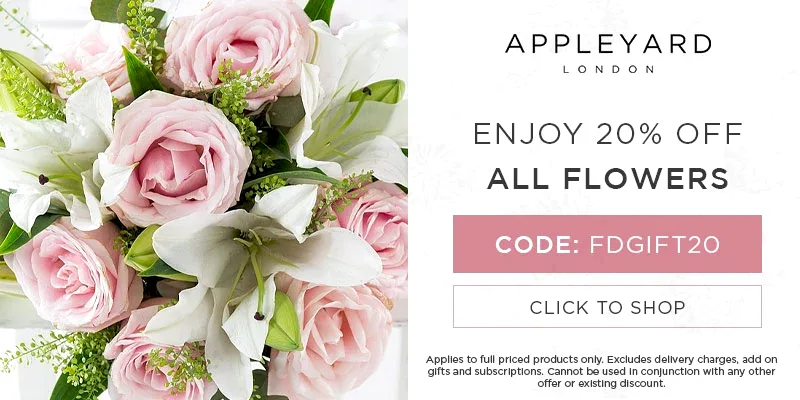

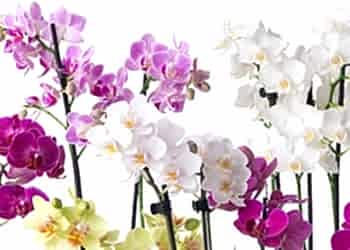
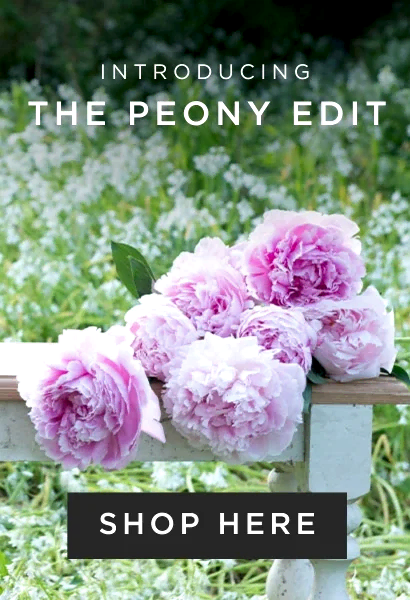
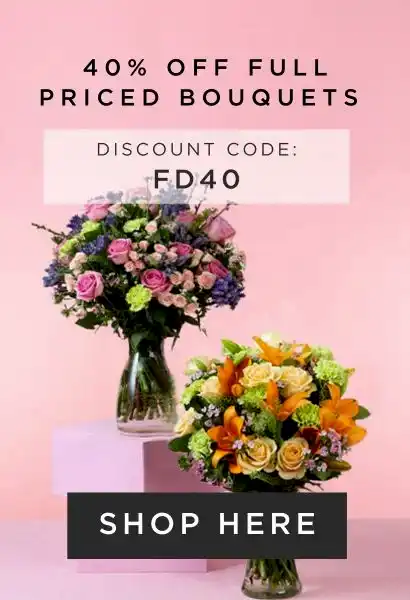


